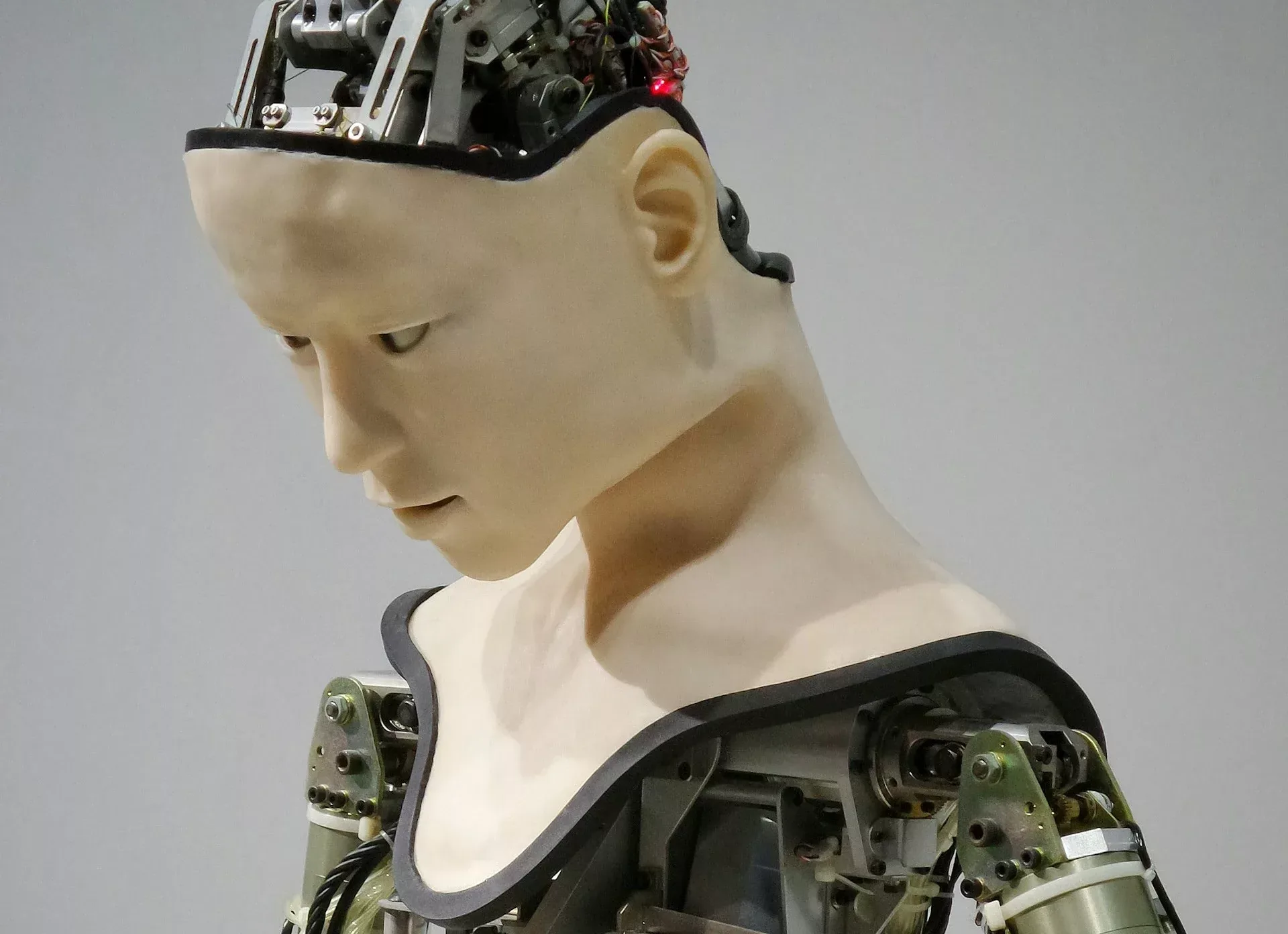The Article Tells The Story of:
- China uses AI-generated news anchors for propaganda, targeting elections and global issues.
- AI anchors spread disinformation via social media using tools like CapCut.
- Other nations, like Iran and Ukraine, also leverage AI-generated avatars.
- AI-driven disinformation raises media integrity concerns, requiring global countermeasures.
Artificial intelligence is revolutionizing media, particularly with AI-generated news anchors. These digital avatars deliver content seamlessly, often blending technology with state narratives. China leads in this innovation, using AI presenters to craft tailored propaganda targeting specific audiences.
China’s Use of AI in Propaganda
China introduced AI news anchors in 2018, starting with Xinhua’s Qiu Hao. While early versions lacked widespread appeal, they paved the way for advanced applications. Recently, AI-generated avatars have been used in disinformation campaigns, particularly in the Taiwanese elections. These avatars spread misleading claims to discredit pro-independence candidates, leveraging tools like CapCut for large-scale production.
One prominent example includes an AI-generated avatar criticizing Taiwan’s outgoing president Tsai Ing-wen. The content, broadcast in Mandarin, aimed to undermine her leadership and influence public sentiment ahead of elections.
Check Out Latest Article of Australia Enforces Social Media Ban for Under-16s December 1, 2024 – SquaredTech
Effectiveness and Mechanics of AI-Driven Propaganda
AI avatars exploit social media’s fast-paced nature to disseminate content. Casual users often fail to notice imperfections in these videos, making them an effective tool for disinformation. Platforms like TikTok and X serve as key channels for these campaigns, as noted by Tyler Williams of Graphika.
The appeal lies in the ease of production. Video editing tools enable creators to generate lifelike avatars quickly. These avatars combine characteristics of professional news presenters and social media influencers, making them relatable and engaging.
Global Adoption of AI-Generated Avatars
AI news anchors are not limited to China. Countries like Iran and Ukraine are also exploring this technology. Iran has used deepfakes to disrupt UAE television streams, while Ukraine introduced an AI spokesperson named Victoria Shi. These cases illustrate the global adoption of AI-driven communication.
However, technical flaws remain. AI-generated anchors often display stiff movements and unnatural lighting. Despite these limitations, some viewers perceive them as real, underscoring the importance of digital literacy.
Broader Implications
Microsoft’s research highlights how state-backed groups are increasingly integrating AI into propaganda. The technology is evolving, with future advancements likely to create even more realistic avatars. This raises concerns about manipulating real news anchors to deliver false information.
Combating AI-Driven Disinformation
Addressing AI-generated propaganda requires coordinated efforts:
- Public Awareness: Educating audiences on identifying synthetic content can limit its influence.
- Technological Solutions: Advanced detection tools can help flag fake content.
- Regulatory Measures: Clear policies on AI usage in media are essential.
- Collaboration: Governments, tech companies, and independent organizations must work together to curb disinformation.
Conclusion
AI-generated news anchors represent a significant shift in media and information warfare. While offering potential benefits, they pose risks to media integrity and public trust. Tackling these challenges requires a focus on education, regulation, and technology. By fostering critical thinking and collaboration, societies can safeguard against AI-driven disinformation and ensure accurate, reliable information prevails.
More News: Technology News


